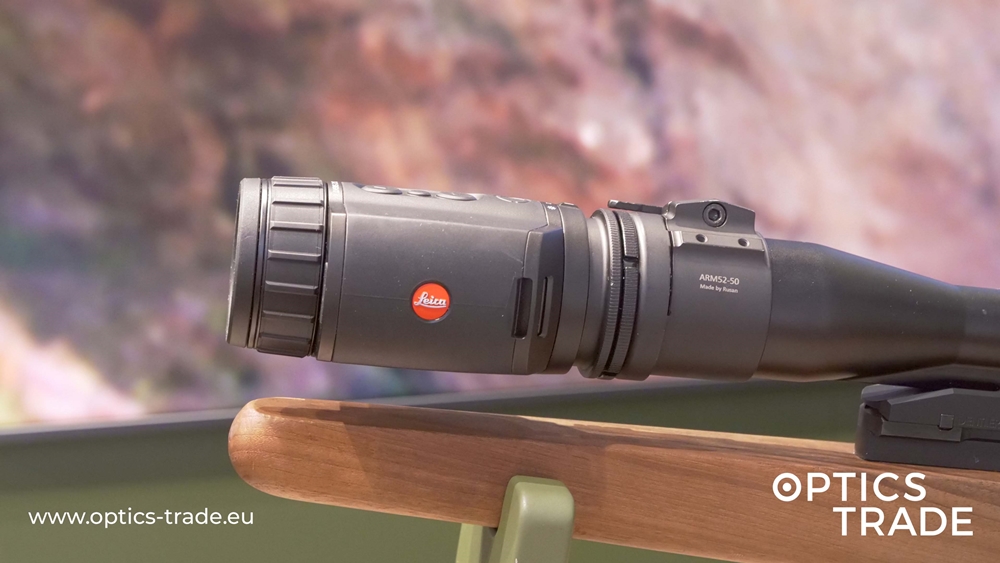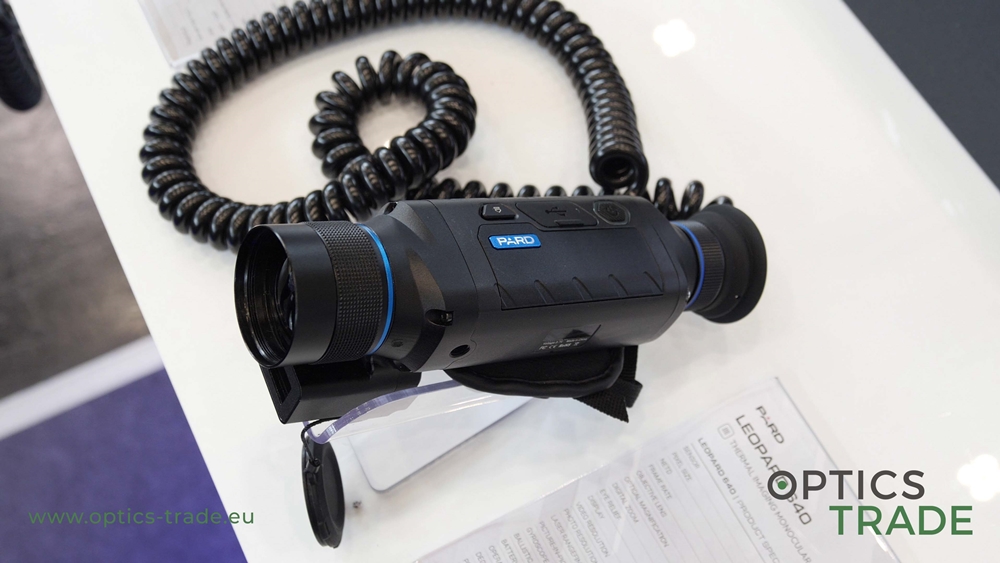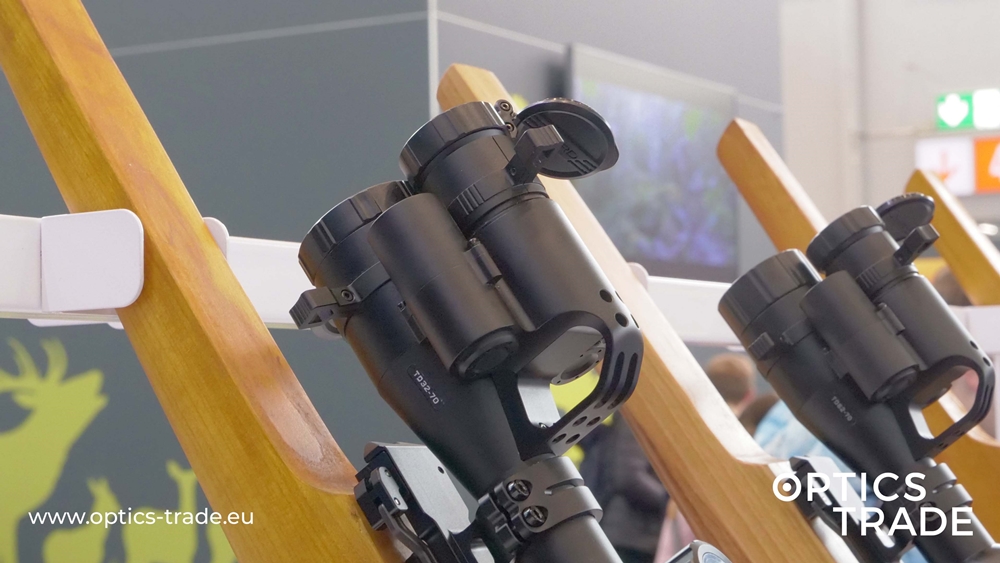Welcome to Optics Trade debates. In each episode, we talk about a different topic and try to answer the most common questions we receive about it. Today, we are going to talk about calibration modes on thermal imaging devices.
Thermal devices are calibrated so that the image quality is always perfect. Over time and with use the image quality degrades, so it has to be recalibrated after a few minutes or even seconds. The device gets calibrated so that it provides the best possible image.
There are three different calibration modes: manual, automatic, semi-automatic.
With automatic calibration, a software algorithm has a timer or some software that checks the image for drops in quality.
When the device is being calibrated, the image freezes for a second or two and in most devices, the shutter closes for the time of the calibration.
There is a distinct sound associated with shutters closing and opening. Some TI devices have a feature called shutterless calibration, where the shutters don’t close when recalibrating.
Shutterless devices are available in manual and automatic mode. With a manual calibration mode, the user presses a button when the quality of the image fades. This is a more premium solution that comes with a high price tag.
Pulsar devices which have shutters come in all three calibration modes.
The automatic mode is the easiest to use and is also the default setting. The shutters close when the device is being calibrated.
In semi-automatic mode, the user has to press the button to calibrate the device. The shutters close when the device is being calibrated.
With the manual calibration mode, the user has to press a button and manually close the front cap.
The advantage of the manual calibration mode is that it’s much quieter than the other two modes that use the shutters.
The noise produced by the shutters is almost undetectable, so the manual mode is not that practical. The software used in the automatic mode is quite good at knowing when the image quality isn’t sufficient so that it recalibrates.
We would like to thank you for your time. In case we did not answer all the questions regarding this topic, please leave a comment below or send an e-mail to us. If you found this video useful, please subscribe to our channel.
Explanation of the term on our website:
Most thermal imaging devices have 3 calibration modes available- manual or silent mode, semi-automatic and automatic mode. In nature, targets appear at different ranges and the environment has different temperatures. With the automatic calibration mode, the image quality is calibrated every couple of minutes without pressing any buttons. With the semi-automatic calibration mode, you need to make a calibration by yourself with clicking the button to initialize the calibration process.
The thermal imaging device with automatic calibration mode is not preferred by some people for hunting as much as the manual or a silent calibration mode because of the “click” sound the device makes while calibrating. Some more expensive thermal imaging devices (like Fortuna) have a special system of an automatic calibration mode that is completely silent and doesn’t freeze the image and additionally makes it very useful for hunting.
Products mentioned:
Thermal Imaging: https://www.optics-trade.eu/en/thermal-imaging.html




